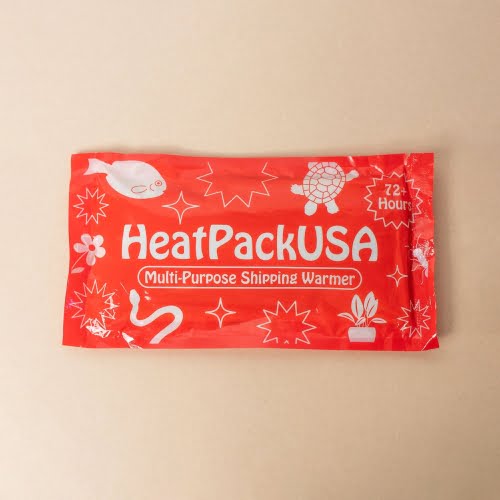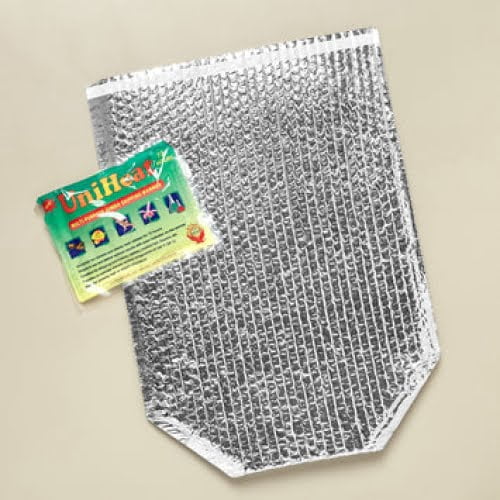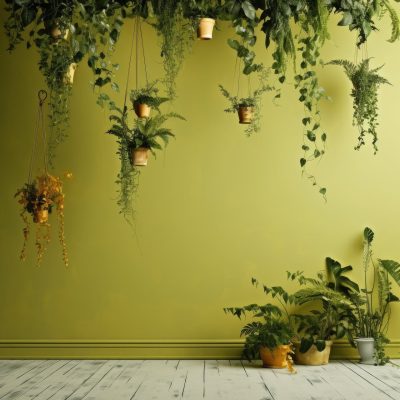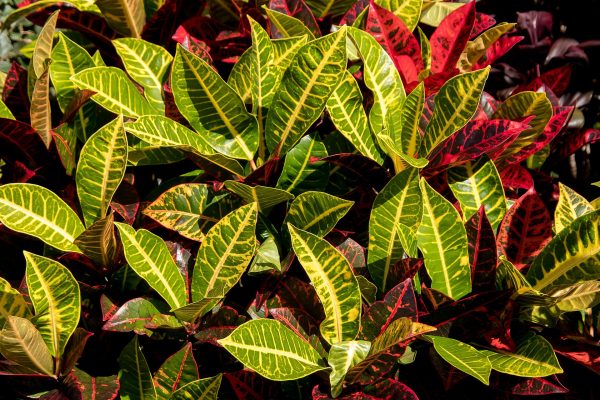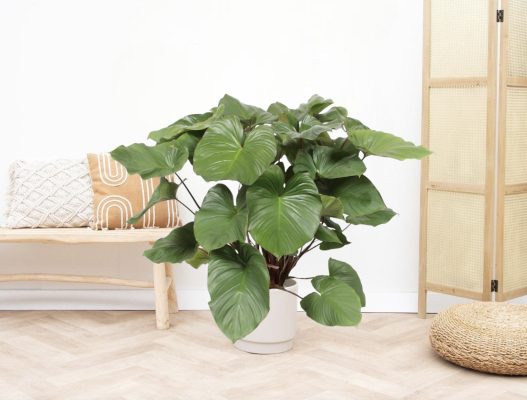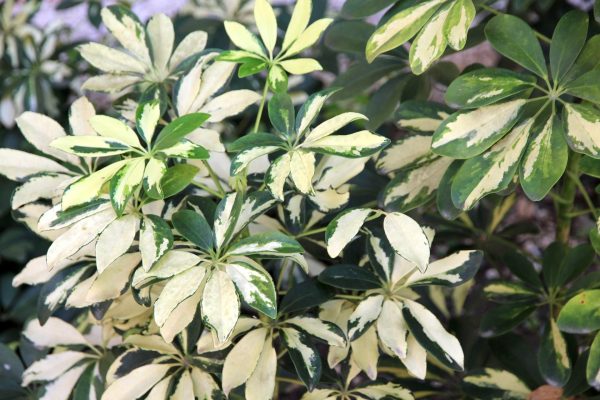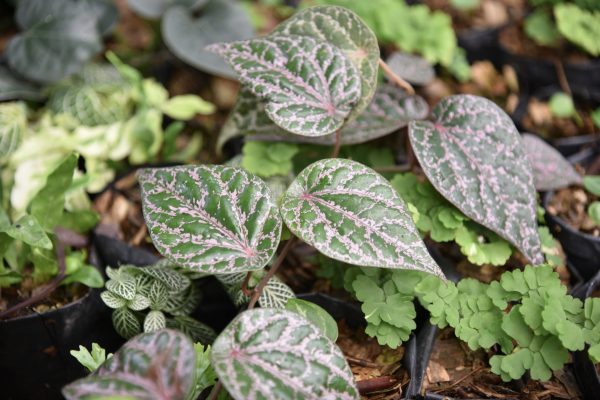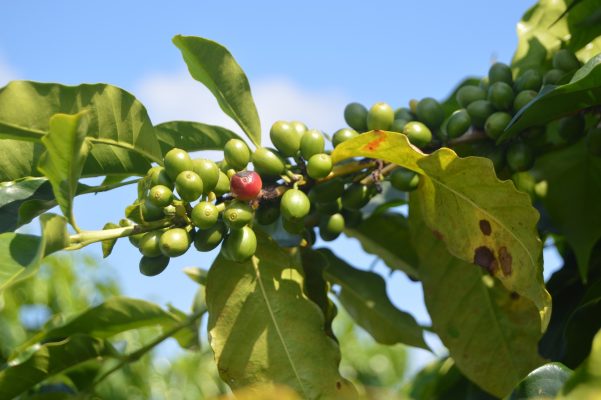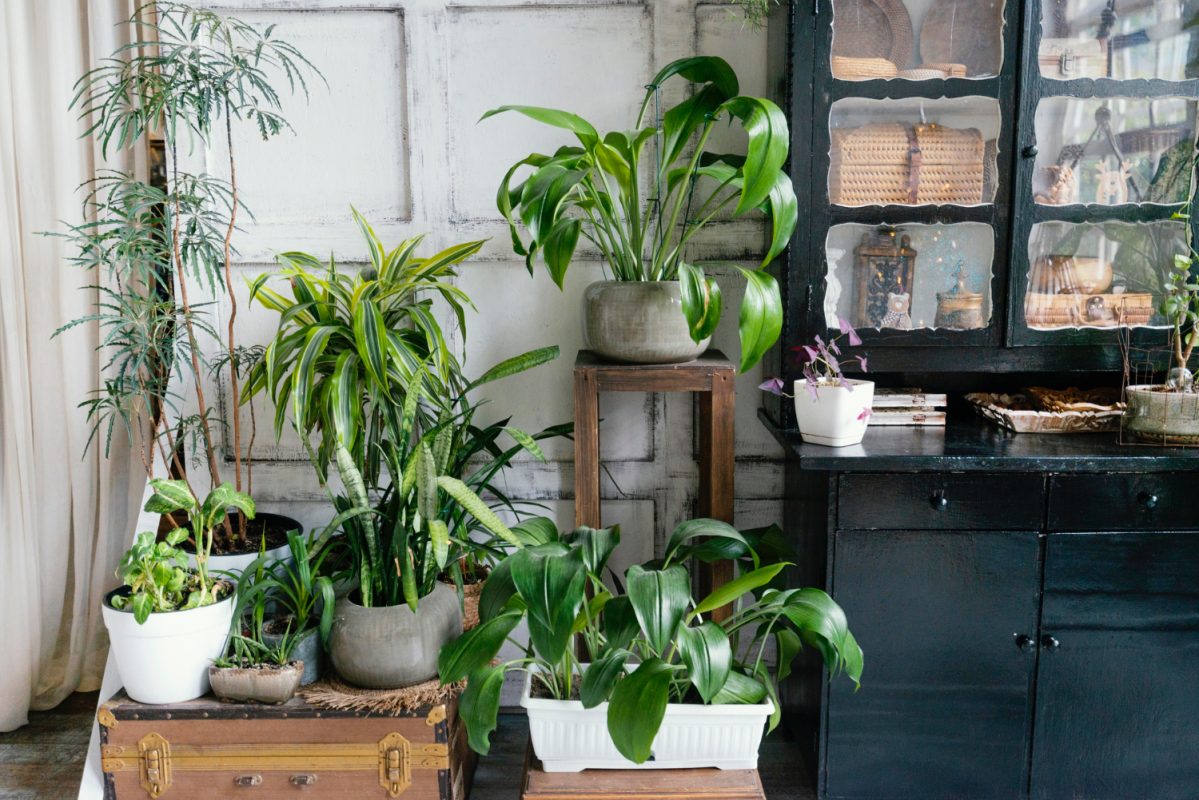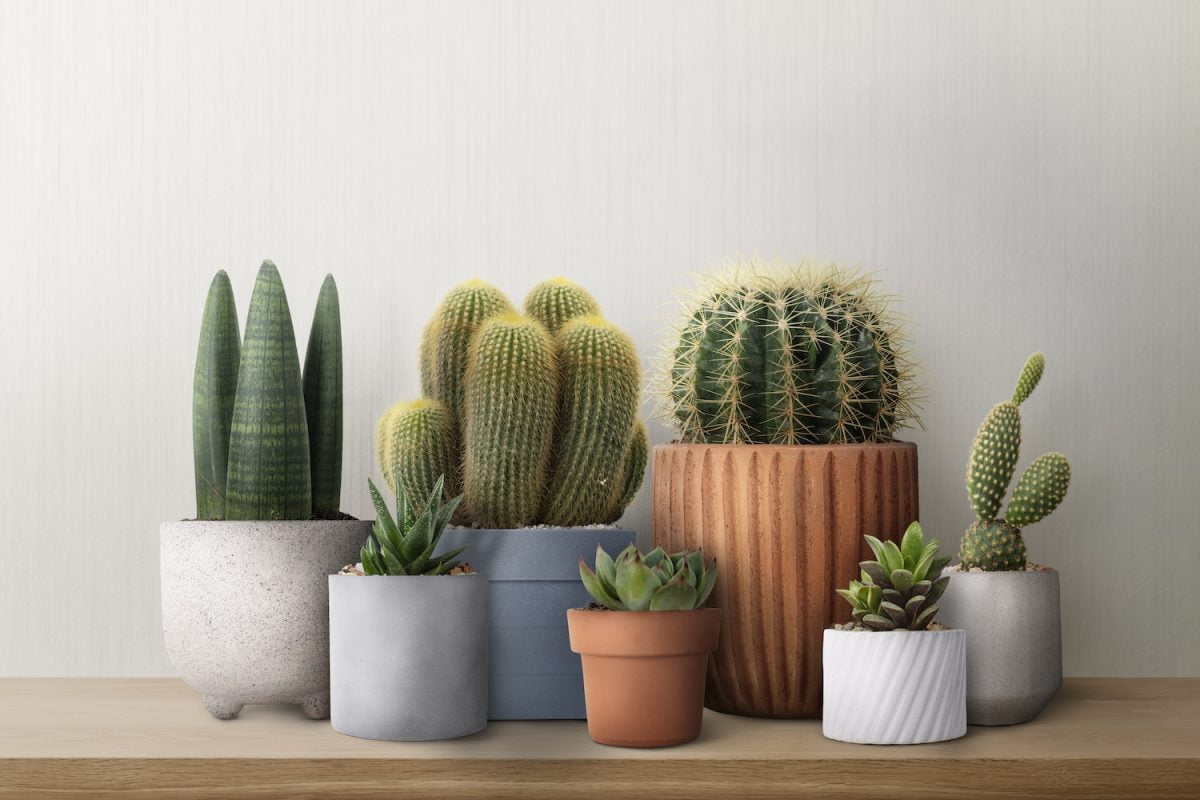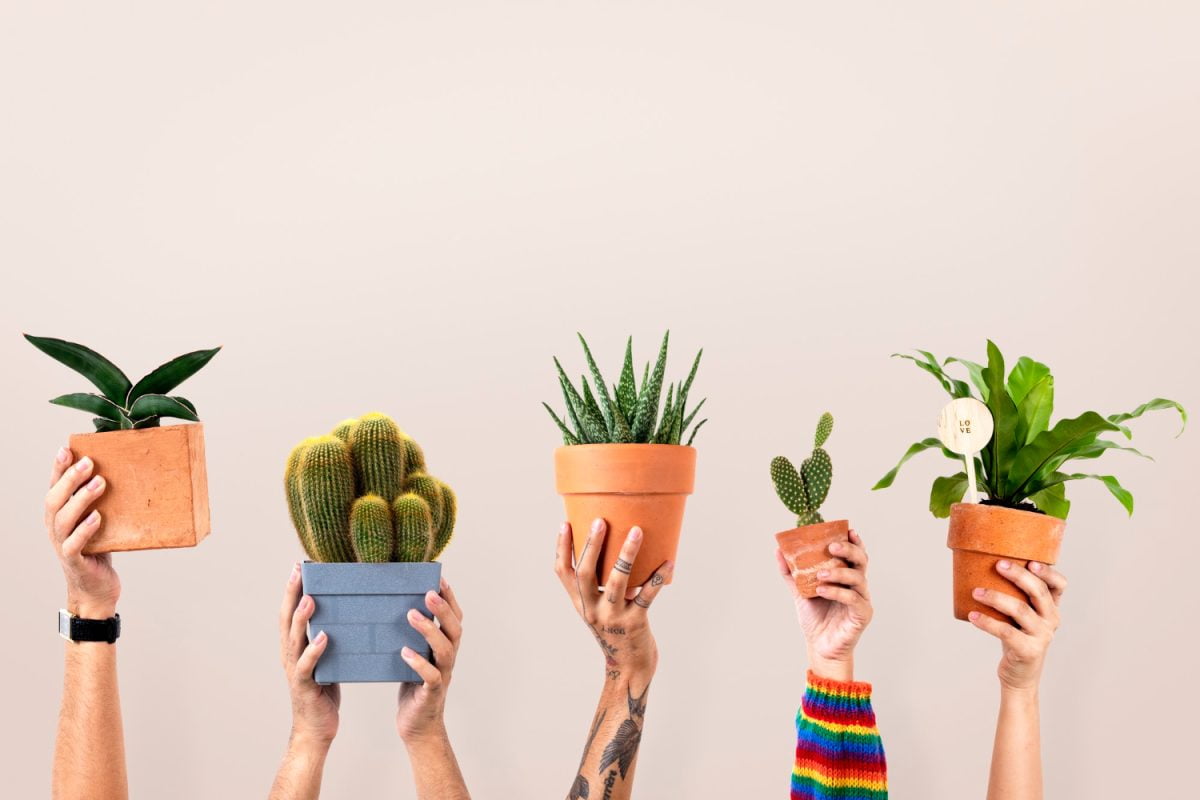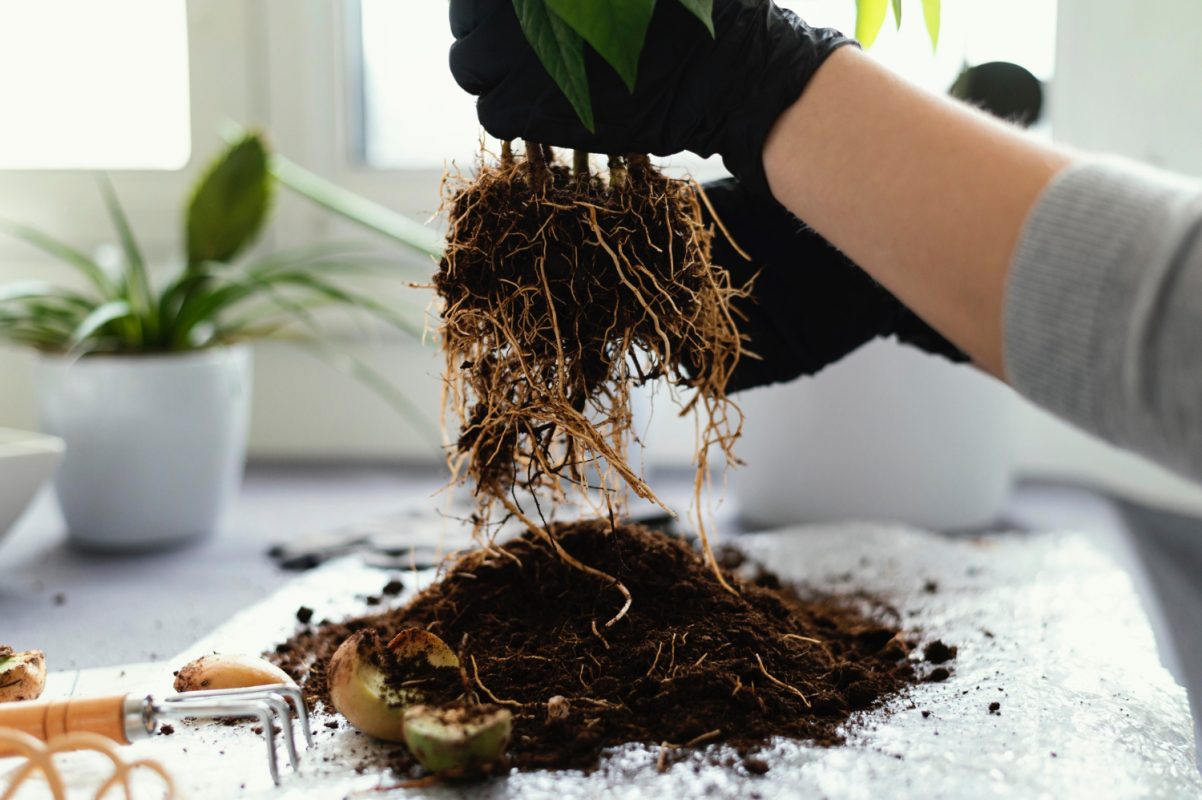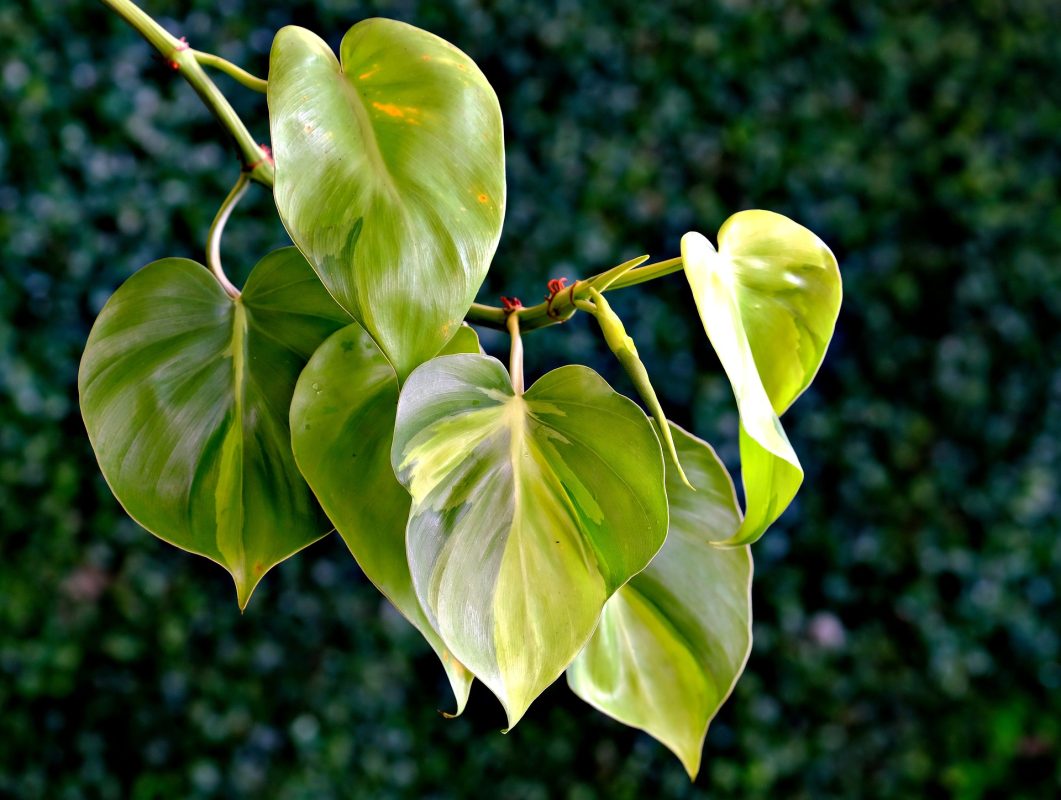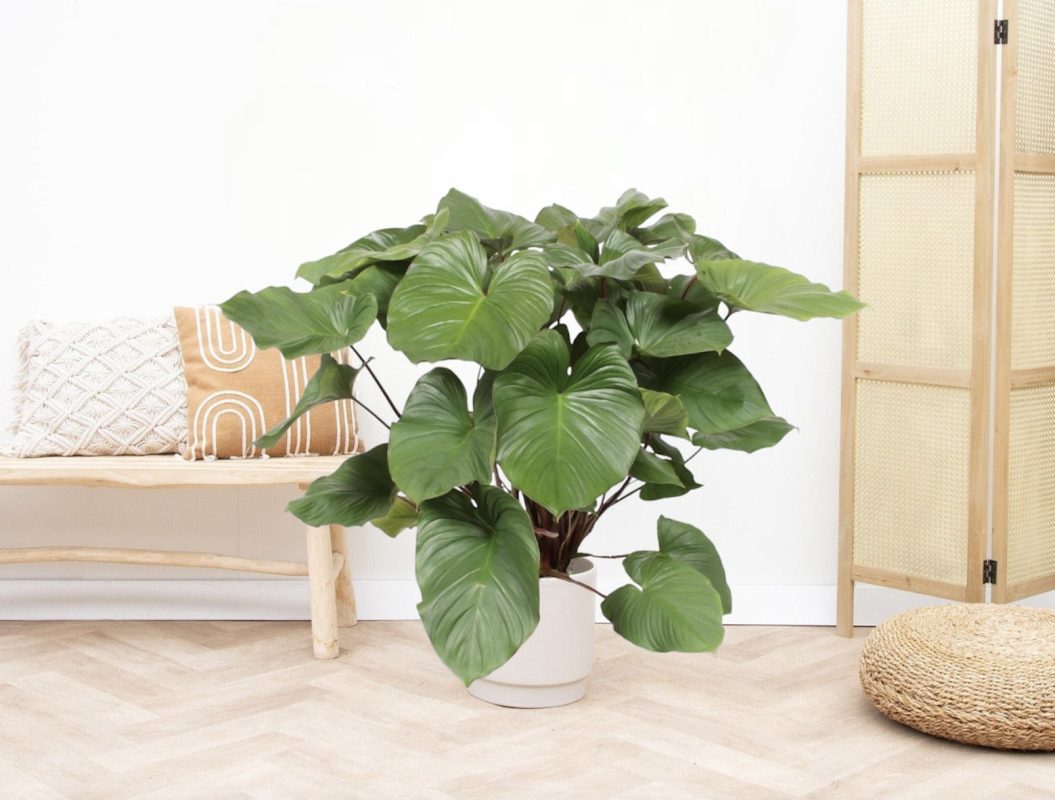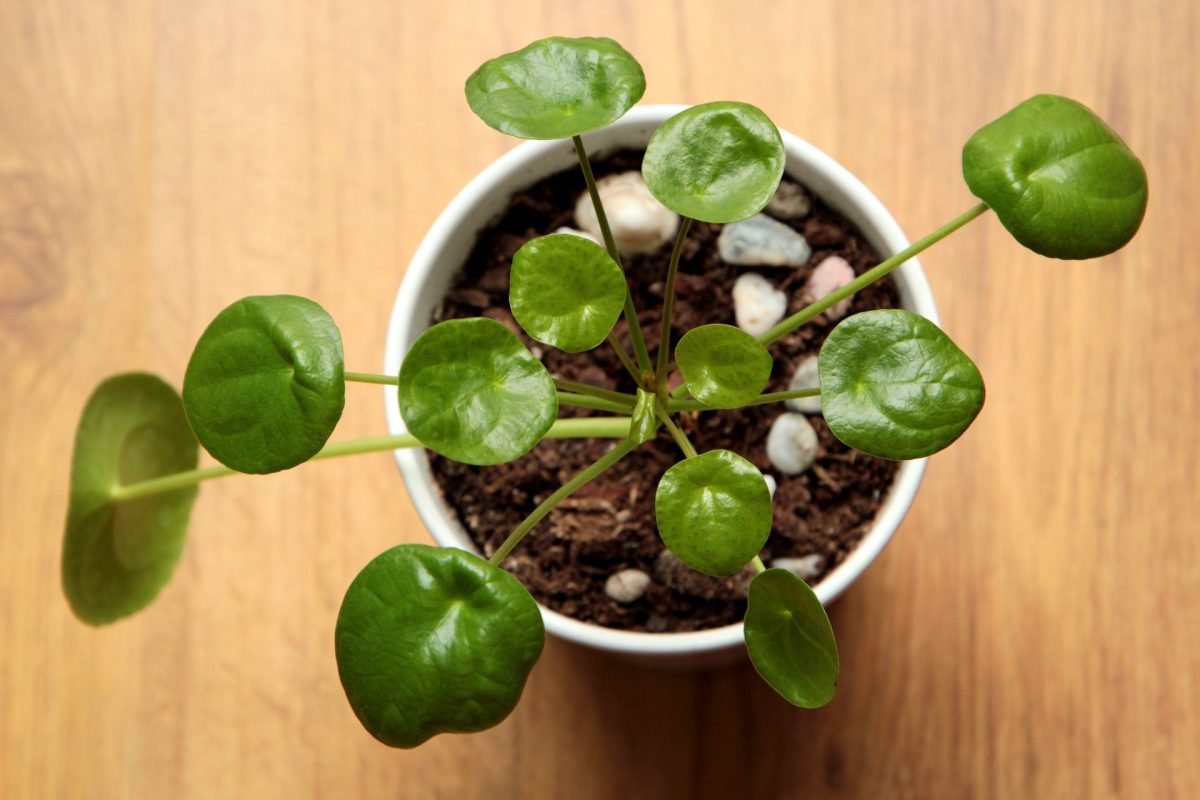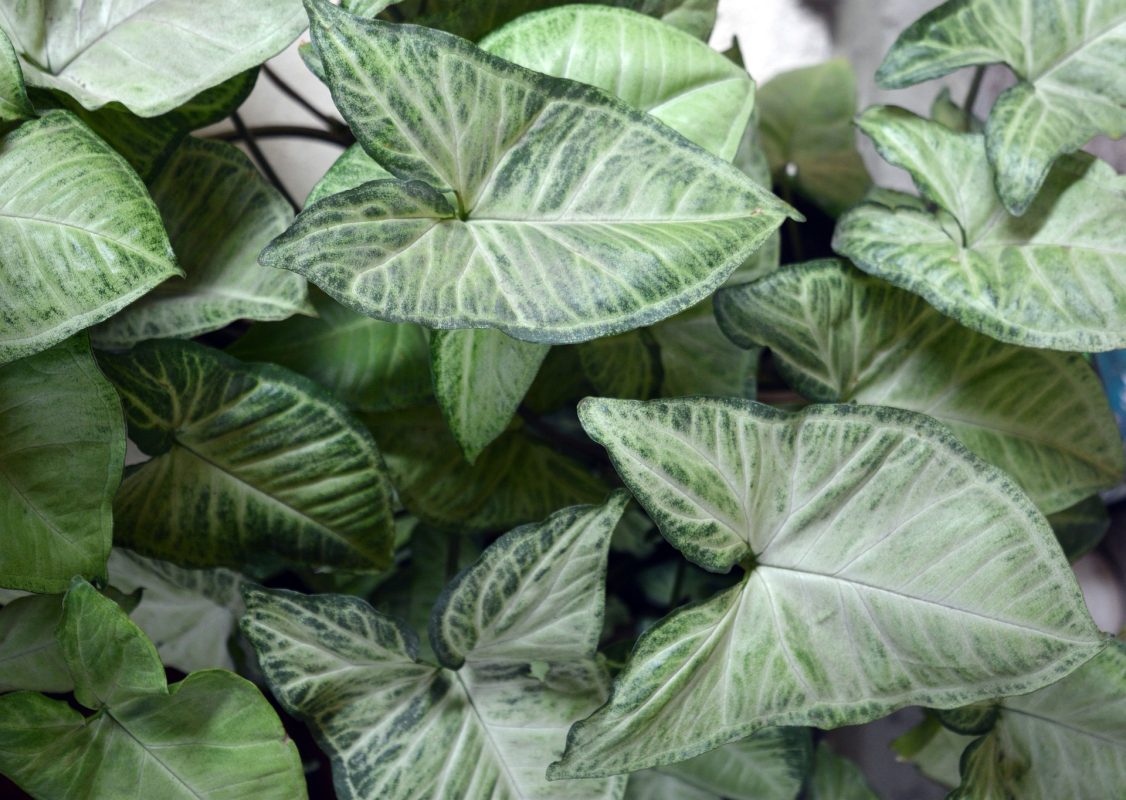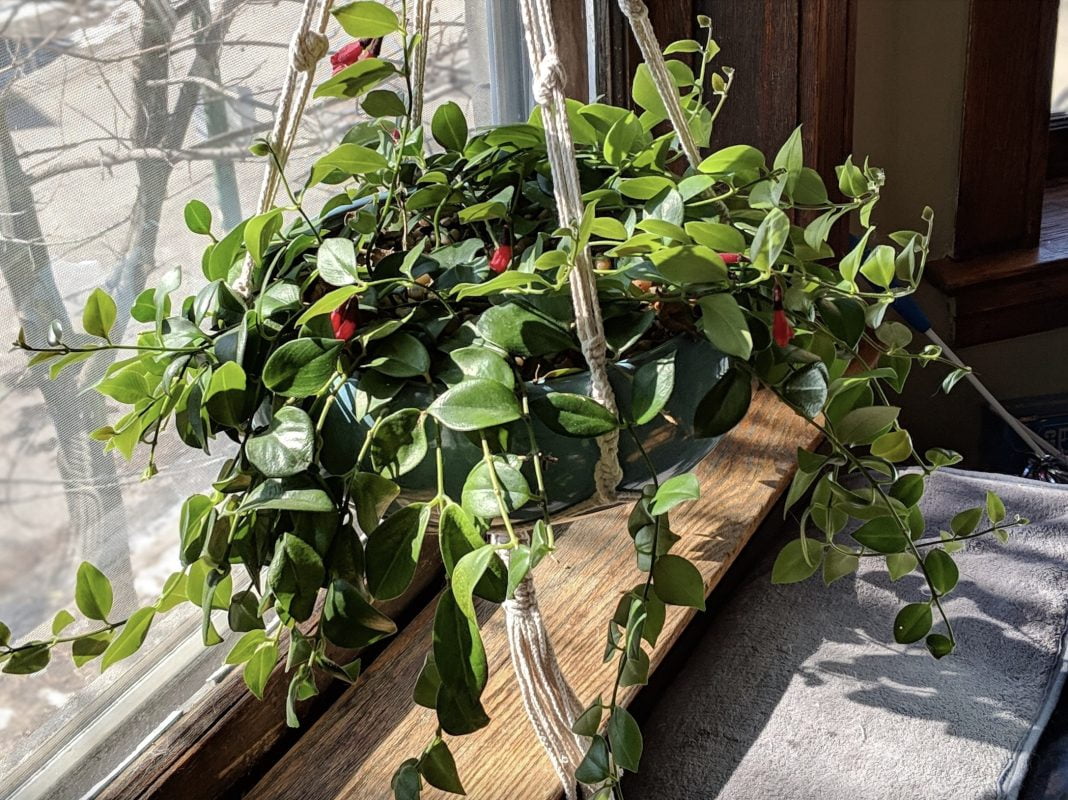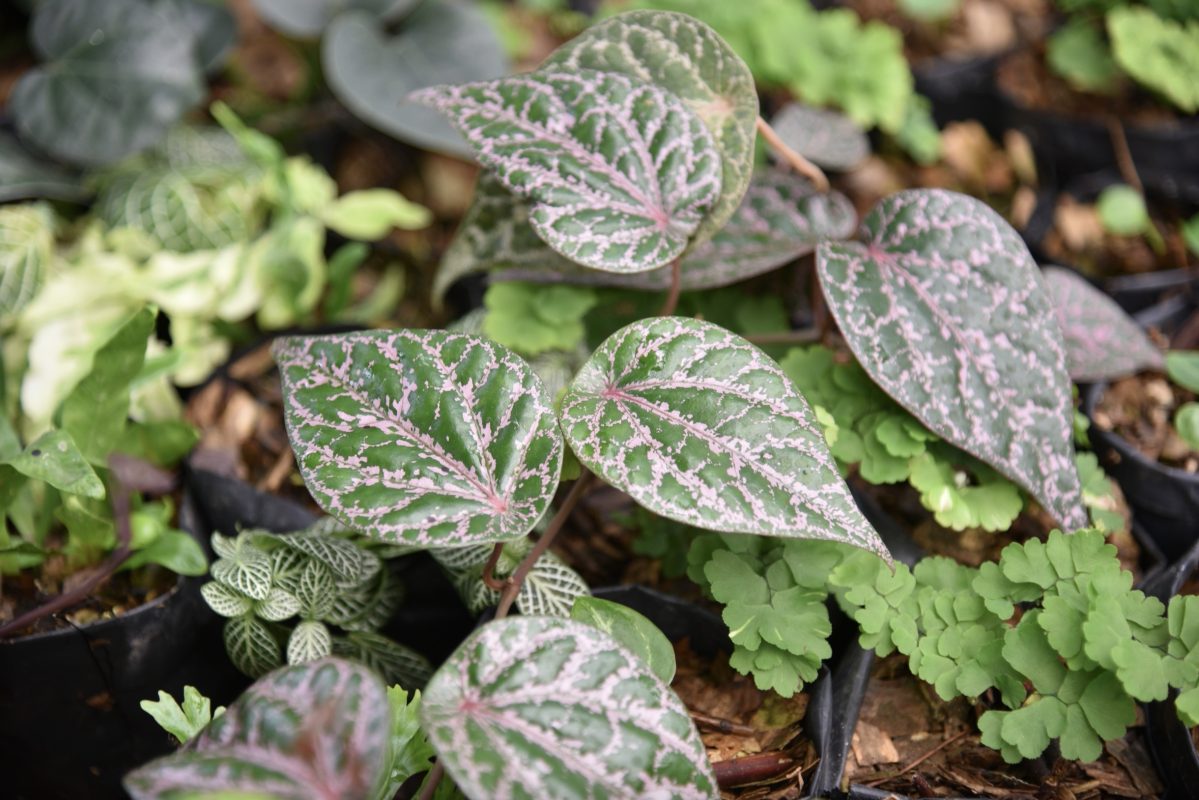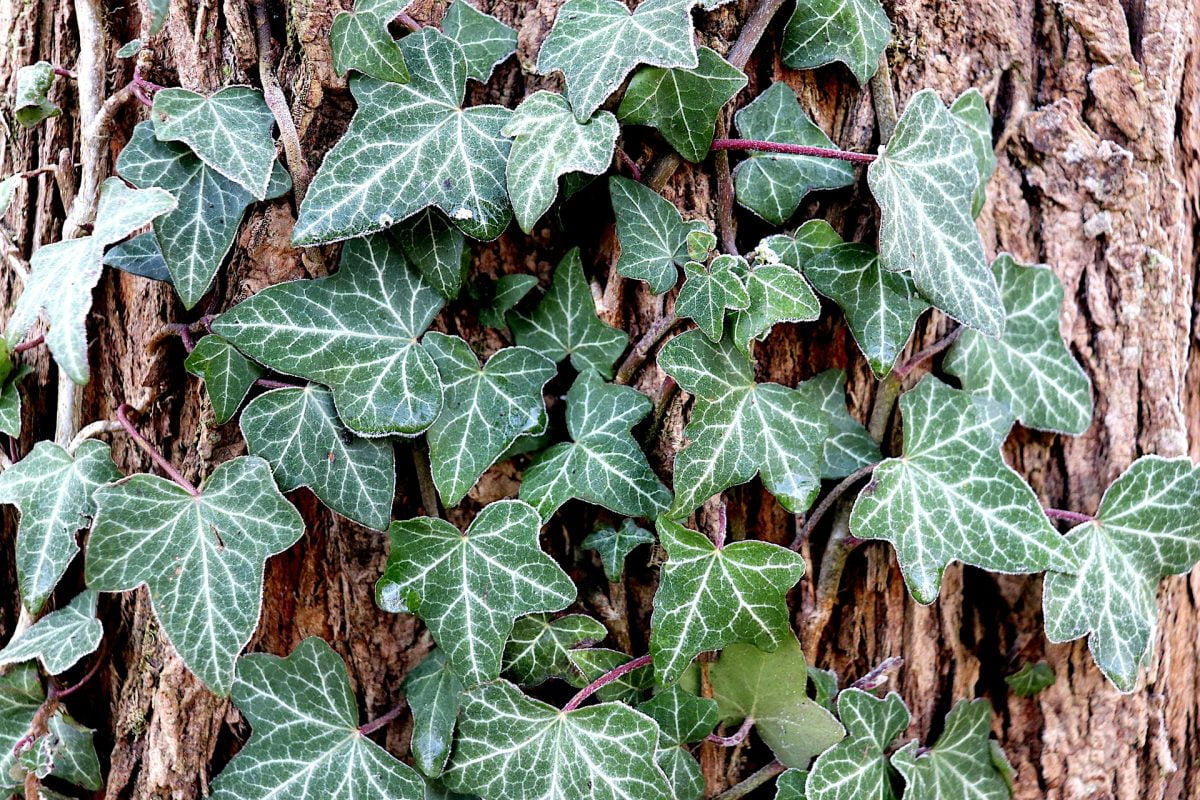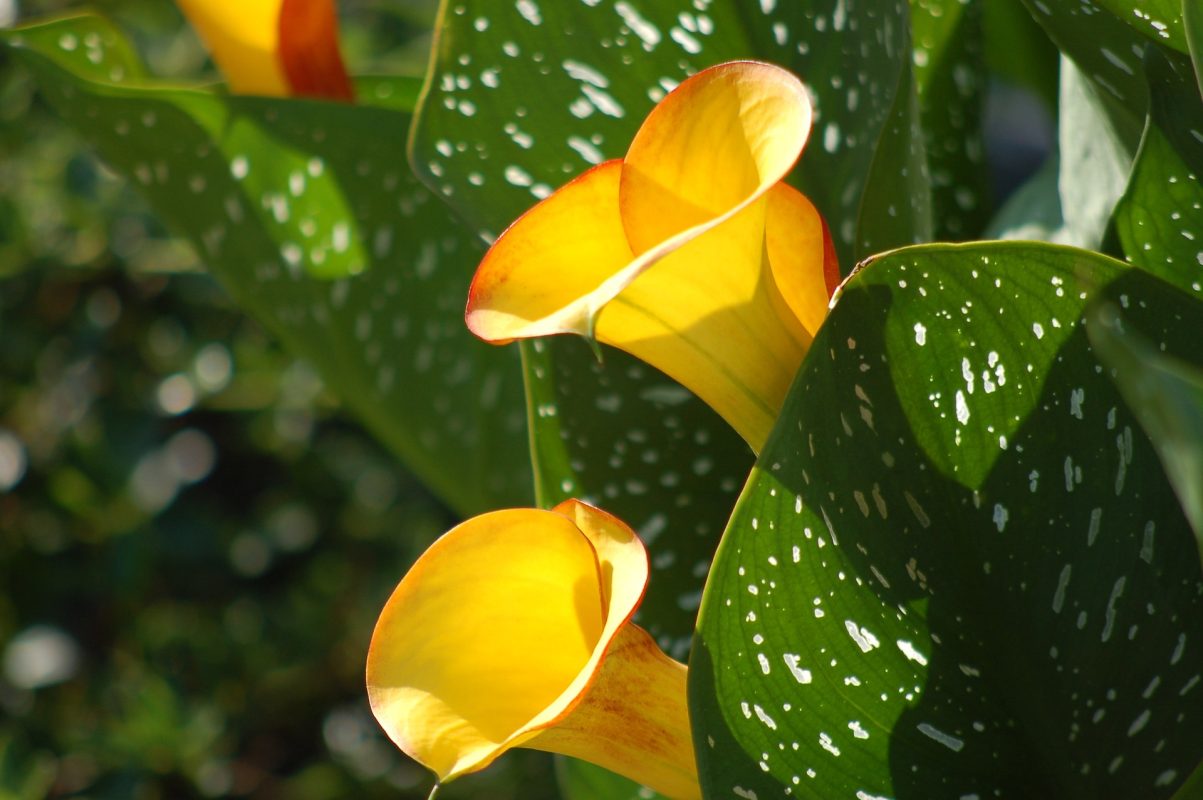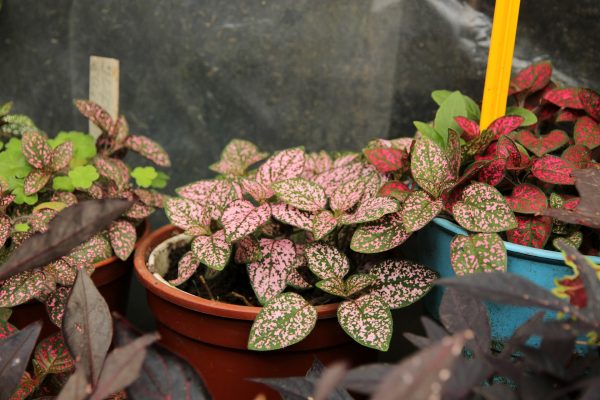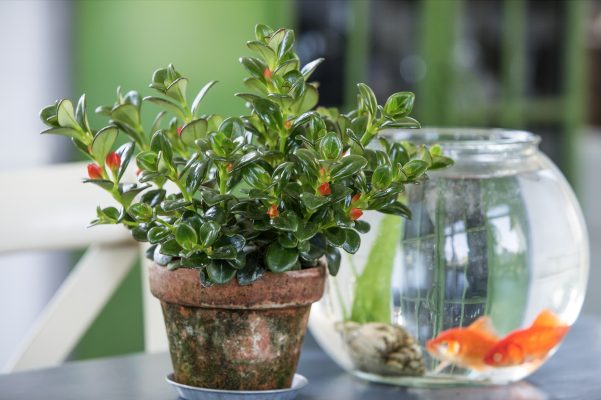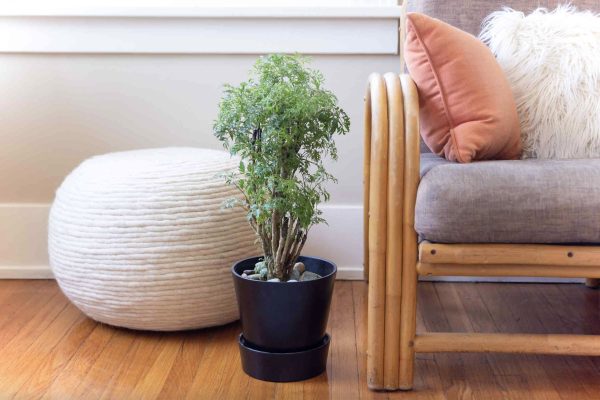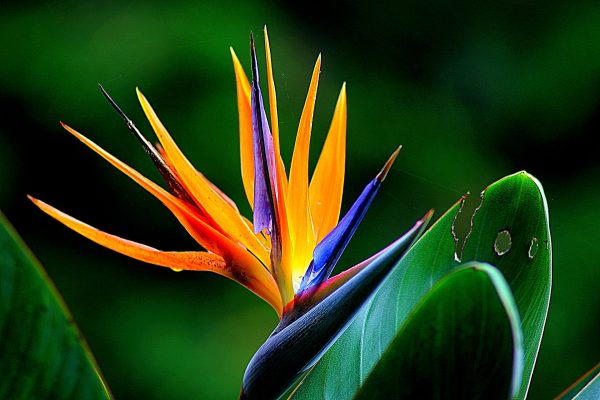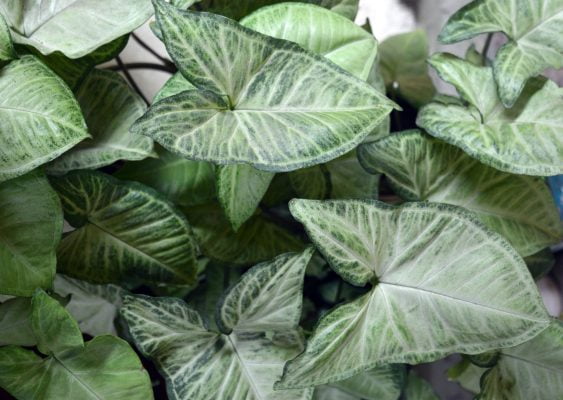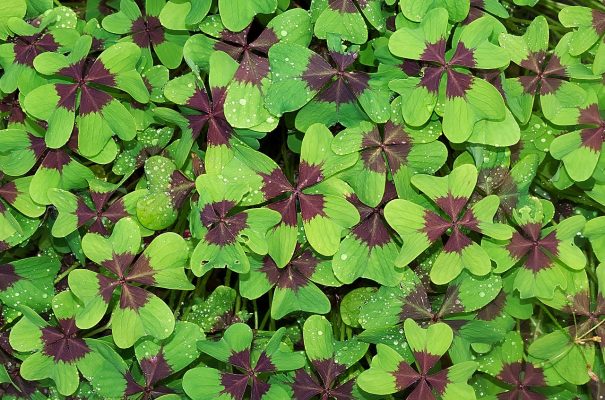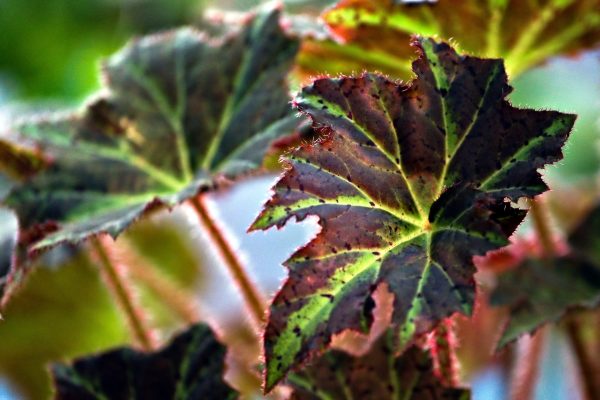Hypoestes, commonly known as the Polka Dot Plant, enchants with its vibrant foliage adorned with lively spots. This comprehensive care guide is your compass to unveiling the beauty of Hypoestes, guiding you through the steps to cultivate healthy, colorful foliage and elevate your indoor or outdoor space with a playful burst of polka dots.
I. Plant Overview:
- Scientific Name: Hypoestes spp.
- Common Names: Polka Dot Plant, Splash Plant
- Origin: Native to Madagascar.
II. Light Requirements:
- Ideal Conditions: Bright, indirect light. Hypoestes thrives in filtered sunlight.
- Tolerance: Adaptable to lower light conditions, but vibrant colors may fade.
III. Watering:
- Frequency: Keep the soil consistently moist. Water when the top inch feels slightly dry.
- Water Quality: Use room-temperature water. Ensure good drainage to prevent waterlogged conditions.
- Humidity: Hypoestes appreciates higher humidity levels. Regular misting or using a humidity tray is beneficial.
IV. Soil:
- Type: Well-draining potting mix. A mix for tropical plants or African violets with added perlite is suitable.
- pH Level: Slightly acidic to neutral (pH 6.0-7.0).
V. Temperature and Humidity:
- Temperature: Maintain a warm environment between 60-75°F (15-24°C). Avoid drafts and sudden temperature drops.
- Humidity: Hypoestes prefers higher humidity. Regular misting or using a humidifier is beneficial.
VI. Fertilization:
- Schedule: Feed every 2-4 weeks during the growing season (spring and summer).
- Fertilizer: Use a balanced liquid fertilizer, diluted to half strength. Reduce fertilization in the dormant season.
VII. Pruning and Maintenance:
- Pruning: Pinch back regularly to encourage bushier growth. Remove any leggy or yellowing stems.
- Cleaning: Wipe leaves with a damp cloth to remove dust. Maintain the plant’s compact and vibrant appearance.
VIII. Repotting:
- Frequency: Repot every 1-2 years or when the plant outgrows its container.
- Procedure: Gently lift the plant, inspect roots, and repot in fresh soil. Choose a container with drainage holes.
IX. Common Issues and Solutions:
- Fading Colors: Insufficient light or aging leaves. Ensure adequate light exposure for vibrant colors.
- Leaf Drop: Sudden changes in light or temperature. Gradually acclimate the plant to new conditions.
- Pests: Check for spider mites or aphids. Treat with insecticidal soap or neem oil.
X. Propagation:
- Method: Stem cuttings.
- Timing: Spring or early summer.
- Process: Take a cutting with at least two nodes, root in a well-draining mix, and plant in fresh soil when roots are established.
Caring for Hypoestes reveals a world of playful polka dots and vivid colors. This guide empowers you to cultivate the vibrancy of Polka Dot Plants, ensuring they thrive and bring a whimsical touch to your indoor or outdoor oasis. Happy gardening!
our recommendation
you may also want to know


